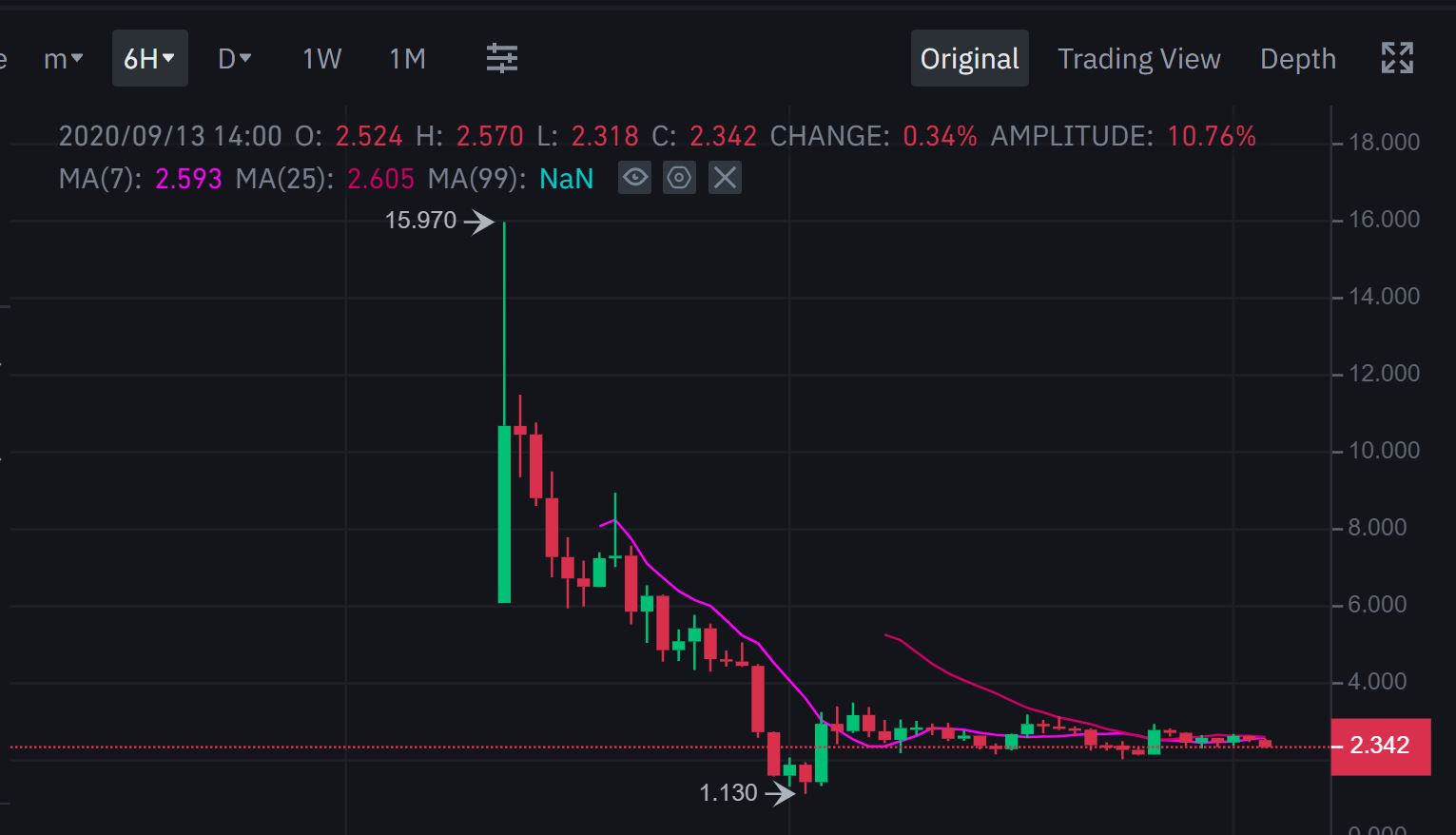
Is This Bitcoin’s Golden Moment? Three Key Factors to Watch in 2025

As we dive into 2025, the excitement around Bitcoin and the broader cryptocurrency market is palpable. Following an unprecedented surge in 2024, where Bitcoin prices soared beyond the $100,000 mark, investors are eager to anticipate what this year may hold. Here, we explore three pivotal elements that could shape the fate of Bitcoin in 2025 while also addressing some critical concerns voiced by skeptics.
The Outlook for Bitcoin’s Price Surge
Many analysts are predicting a bullish trajectory for Bitcoin in 2025. A recent CNBC survey highlighted that experts are optimistic about Bitcoin potentially reaching $200,000 this year. Key drivers behind this optimism include the increasing mainstream acceptance of Bitcoin and the approval of exchange-traded funds (ETFs) that track its price. These ETFs have particularly gained traction among everyday investors, offering a less daunting entry point into the market compared to buying entire Bitcoins.
Among the standout success stories is the bitcoin ETF launched by BlackRock, which has rapidly become one of the most successful ETFs on record, accumulating over $50 billion in assets in its first year. This growth is cementing Bitcoin’s status as a legitimate investment vehicle, setting the stage for further price increases and interest.

Trump’s Promises and Their Potential Impact
During his 2024 presidential campaign, Donald Trump made one big promise to the cryptocurrency community: to transform the United States into the “crypto capital of the planet.” While he is yet to take office, actions are already in motion. Trump has commenced appointing regulators and officials who could positively influence the crypto sector, differing markedly from the previous administration’s stance.
Notably, Paul Atkins has been tapped as the SEC chair. Atkins, a former SEC commissioner and advocate for cryptocurrency, is expected to lead with a more lenient approach toward crypto regulation. Alongside him, the appointment of David Sacks as the nation’s inaugural crypto and artificial intelligence czar could further advocate for a proactive regulatory environment. This shift in policy comes at a critical time as the cryptocurrency industry seeks clarity and support from federal regulators.
The Role of Congress
With a Republican-led Congress, the potential exists for sound policies favoring the cryptocurrency sector. Representative French Hill of Arkansas, now the chair of the House Financial Services Committee, has voiced support for initiatives promoting cryptocurrency and AI. This alliance between Trump’s administrations and supportive lawmakers could mark a significant turning point for the industry.

The Proposal for a Bitcoin Strategic Reserve
In a bold vision, Trump has proposed the creation of a national bitcoin reserve, aimed at strategically positioning the U.S. in the cryptocurrency market. Speaking at a Nashville conference, he suggested that the U.S. government could establish a stockpile of Bitcoin from tokens seized from wrongdoers. Current estimates suggest the federal government holds around 200,000 bitcoin tokens, valued at over $19 billion.
This idea has sparked discussions regarding the establishment of a more official strategic bitcoin reserve, similar to the existing Strategic Petroleum Reserve. Notably, Senator Cynthia Lummis introduced legislation to facilitate such an initiative, aiming for the U.S. to buy 200,000 bitcoins annually until reaching a cumulative one million.
Proponents argue that a strategic reserve could yield significant advantages, positioning the U.S. favorably as Bitcoin continues its ascent. Through this initiative, gains from Bitcoin could also help to address federal debt challenges.
However, the proposition is not without its skeptics.
Navigating Challenges Ahead
Critics are voicing serious concerns about the practicality and legal implications of a U.S. bitcoin fund, citing the notorious volatility associated with cryptocurrencies as a potential risk for government exposure. There are also arguments suggesting that endorsing Bitcoin might lend undue legitimacy to an asset viewed by some as primarily speculative. The question remains to be seen: will the U.S. government pursue this ambitious plan or steer clear of the risks involved?
As the crypto landscape evolves in 2025, investors remain hopeful, riding the wave of Bitcoin’s golden moment. This newfound enthusiasm highlights not only the potential for significant financial returns but also the transformative power of cryptocurrencies on global finance.

In conclusion, whether it is through the advent of supportive policies, strategic initiatives, or the bullish sentiment impacting Bitcoin’s price, 2025 offers a significant outlook for the cryptocurrency. Enthusiasts will be watching closely, ready to navigate the changes ahead in this dynamic market.















